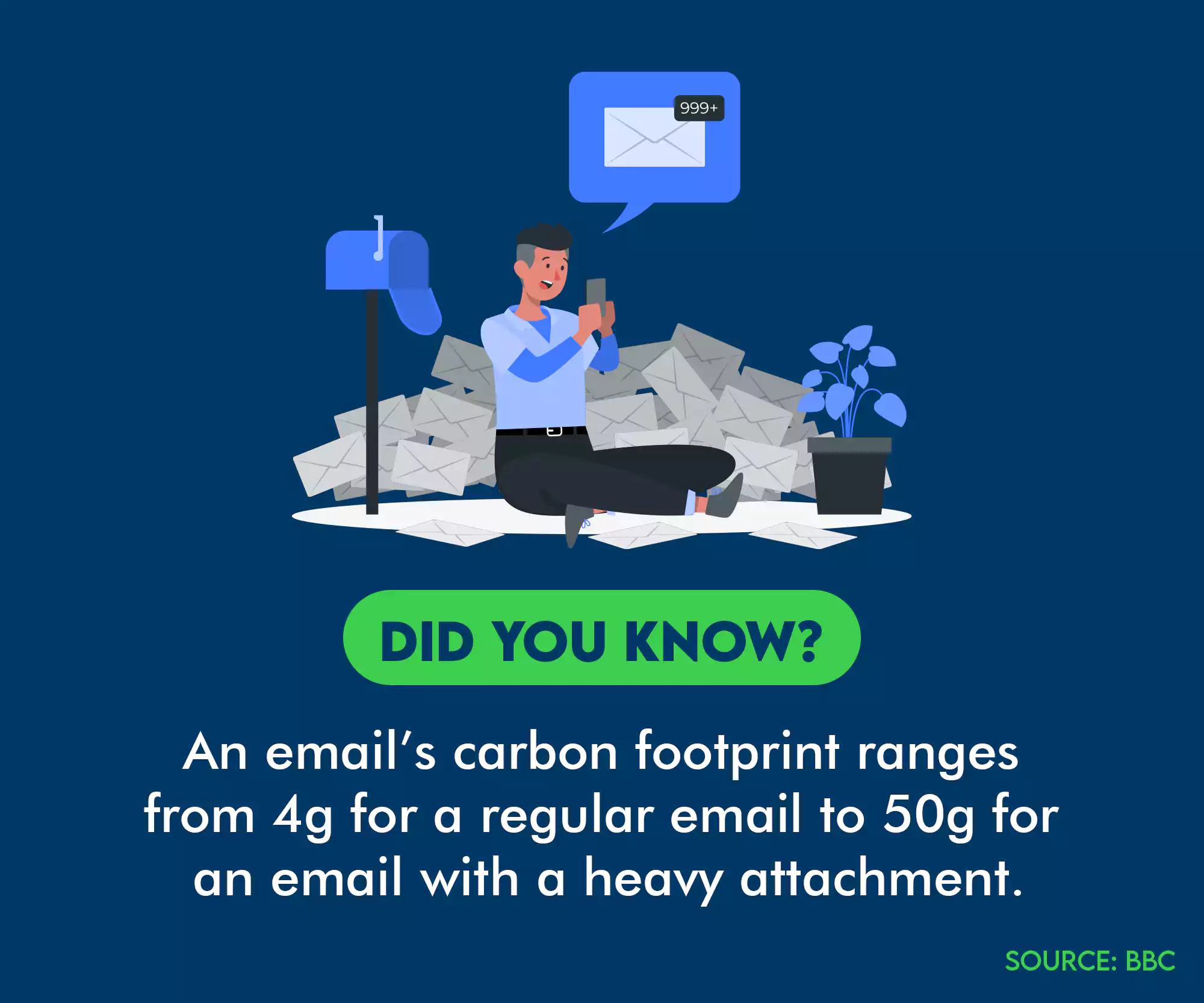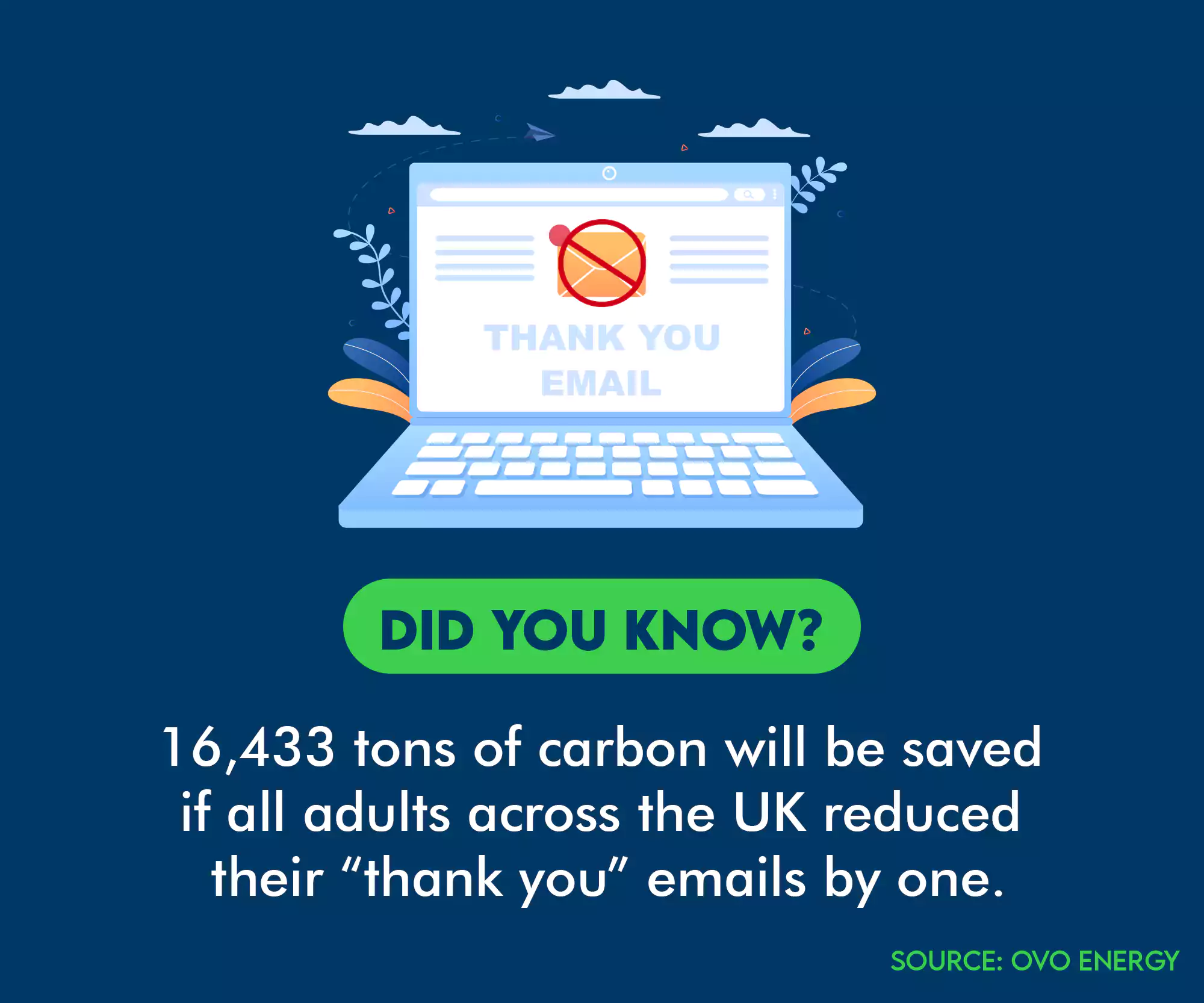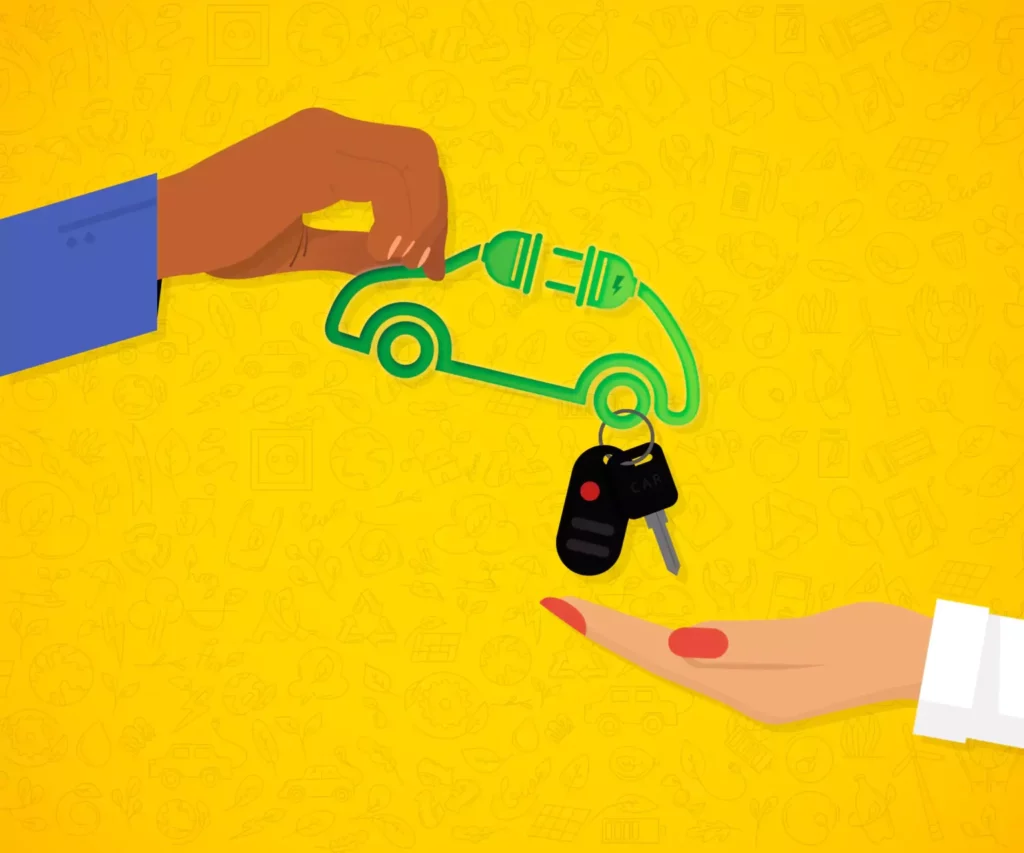
Would you go internet-free for an entire week if it meant it could save the planet? Doubtful, right? Not that hesitating to make this sacrifice makes you a bad person. We might be able to lay off social media or scale back on online streaming, but most of our work and lives are still woven tightly into the internet. The power-hungry, resource-depleting internet. With more and more of us logging in and staying logged in, however, we’re consuming too much energy, increasing carbon emissions, and contributing to overall environmental degradation. How do we know this? By the digital carbon footprint that we leave in our trail.
According to the World Bank, in 2020, around 60% of the world’s population (about 4.5 billion people) was using the internet. As access to internet services has expanded over the past decade, digital carbon footprints have also increased exponentially.
Understanding digital carbon footprints
Producing and transmitting one data unit requires only a minimal amount of energy. But if you multiply that by 4.5 billion, and then several billion times over, the amount of energy consumed and emissions released is unfathomable. Digital carbon footprints reflect the amount of CO2 emissions generated by using and transferring data through digital mediums and infrastructures. The main reason for these emissions is the enormous amounts of electricity required to run the internet and power digital devices. And let’s not forget that electricity is also needed to cool down servers that store and pass on humongous quantities of data every day. This electricity, primarily from fossil fuels such as coal, adds to the emissions generated from other sources.
Consider emails. Even this seemingly innocent act of greeting, inviting, requesting, and complaining online has repercussions on the environment. It adds to your digital carbon footprint. According to some estimates, the sending and receiving of emails worldwide produce CO2 emissions equivalent to having 7 million additional cars on the road! Every email adds up. Such statistics highlight that simple steps at the individual level can help bring down carbon emissions from digital sources. You might wonder what tangible difference one person’s or household’s effort can make to the environment. It turns out it is more than we can imagine.

How individuals can reduce their digital carbon footprint
So, how can you shrink your digital carbon footprint? And if you take the necessary measures, what impact will they have? Take video conferencing as an example. It emerged as the simplest and most efficient way of communicating with your colleagues, friends, and family during the COVID-19 pandemic. Virtual meetings may be economically efficient, but they are ecologically highly inefficient. A study by Yale University, Purdue University, and Massachusetts Institute of Technology (MIT) found that one hour of video conferencing generates 1 kg of carbon dioxide. Therefore, if you turn off your video and converse only through audio, you can reduce your digital carbon footprint by a staggering 96%.
Then there is the operating life of your digital devices. E-waste is one of the biggest environmental threats in today’s digital age. We buy smartphones, laptops, and a host of other devices, only to discard them in a couple of years to get new, upgraded versions. Toxic chemicals and metals released from these waste materials, such as chlorofluorocarbons, lead, and cadmium, cause irreparable damage to land, water, and air. By extending the life of your device by 4 to 6 years, you can prevent the emission of roughly 190 kg of CO2, as per a study by the University of Edinburgh.
When it comes to curtailing emissions, every little contribution matters. The small steps you take today will have amplified impacts on the future.

Keeping digital carbon footprints in check with big data
While we make efforts to reduce digital carbon footprints at the unit level, we also need to implement more decisive and effective measures at the macro level.
Big data analytics can provide sustainable solutions at the industry level. Big data are datasets whose size or type is beyond the ability of traditional databases to capture, manage, and process. In other words, big data analytics allow organisations to collect and analyse massive volumes of data quickly and accurately, which conventional data analysis cannot. Typical features of big data analytics include:
- wide variety, i.e., the data comes from a range of sources such as sensors and social media
- volume, i.e., it can process significant amounts of data
- velocity, i.e., all that data is transmitted at high speeds
How will these capabilities help in achieving sustainability? Big data helps measure and analyse complex data inputs and enables more informed decision-making. In the case of sustainability, efficient management of resources is one of the critical drivers for reducing the carbon footprint of companies. For example, big data analytics can easily measure the impact of sustainable solutions on the market. Consequently, it could empower regulators to make the necessary changes to policies. It could also make climate-conscious investors more aware of the required push to the organisations in which they invest.
This technology can prove useful in the transportation sector, which produces more than a fourth of greenhouse gas emissions worldwide. For example, the energy think-tank, Ember, leverages big data capabilities to analyse global power trends and provides insights to governments. Agriculture can also accrue the benefits of big data by deploying sensors and drones for data collection. Thus, for sustainability to succeed, data collection, storage, retrieval, analysis, and dissemination will hold the key. Big data, artificial intelligence, and machine learning can prove instrumental in this regard.
What does the future hold?
Predicting the future isn’t an exact science. However, given humankind’s intelligence and creativity, it is unlikely that the production and consumption of goods and services will stop. Digital technologies are here to stay and will only get more sophisticated in the coming years. The lure to use them to the greatest extent possible would be hard to resist.
As conscious global citizens, we need to find ways to contain our consumption and moderate our demands. Little steps in reducing digital carbon footprints at the micro level can have magnified effects on the future of humankind. Next-gen technologies can play a vital role in helping governments and private companies attain their sustainability targets and usher in a new era of global development.



